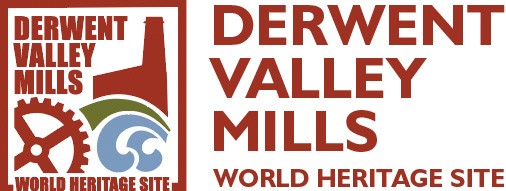Climate Change Research Project

Managing Climate Change in the Derwent Valley Mills World Heritage Site
The landscapes of Derbyshire bear witness to changes in the earth’s climate, but in recent years these natural cycles of change have been disrupted by the impact of industrialisation and spiralling fossil fuel consumption. It is now acknowledged that greenhouse gas emissions are causing irrevocable changes to our climate system.
Whilst their precise impact upon climate remain uncertain, it seems likely that both the frequency and intensity of severe weather events will increase, with extremes of temperatures and rainfall becoming commonplace. Looking at recent years, it seems that we are starting to experience the consequences already!
Planners and policy-makers are now starting to develop strategies to deal with the effects upon the historic environment of extreme rainfall and flooding. A £52,000 project to develop a strategy for the DVMWHS is one of several pilot studies, funded by English Heritage, aimed at identifying environmental threats to historic environments.
The Outstanding Universal Value of the World Heritage Site rests upon its internationally important industrial heritage, which in view of its topographic location is particularly vulnerable to the impact of climate change upon flood frequency and magnitude.
Paradoxically, many of the locations that were advantageous for early industrial development correspond to environments where geomorphological and geological processes are sensitive to climate change.
The vulnerability of the Derwent Valley to environmental disaster is exacerbated by its rich history of metal and mineral mining, as the valley sides and floodplain retain a legacy of contamination that is vulnerable to re-deposition by flooding and erosion.
The project aims to understand how the natural environment of the valley has responded to climate change over the last millennium and to use this information to assist in predicting future environmental developments. The project will involve partners from the Universities of Hull and London (Birkbeck College) and will draw together a variety of geomorphological, archaeological, historical and environmental datasets for the Core and Buffer Zones of the World Heritage Site.
These will be supplemented by computer modelling of river evolution to identify areas that are vulnerable to future environmental change. The outputs from this project will inform the developing research and management frameworks of the DVMWHS Partnership and will provide wider lessons for assessing the threats to historic assets in the light of climate change.

